May 18, 2025 | 11:44 GMT +7
May 18, 2025 | 11:44 GMT +7
Hotline: 0913.378.918
May 18, 2025 | 11:44 GMT +7
Hotline: 0913.378.918

Lobster harvesting in Cam Binh commune, Cam Ranh city, Khanh Hoa province. Photo: KS.
Vietnam's aquacultural sector is currently receiving special attention from the government. The Ministry of Agriculture and Rural Development has developed numerous initiatives for a variety of aquaculture targets such as lobsters, seaweed, and marine fish. This efforts demonstrates that the ministry has conducted in-depth research into aquaculture, thereby recognizing the potential and advantages of Vietnam's natural conditions as well as the aquaculture customs and practices of local fishermen. Consequently, this insight has led to focused investments and efforts to attract further investment.
According to Mr. Le Hoang Lam, Director of the Region 3's Center for Agriculture, Forestry, and Fisheries Quality under the Department of Quality, Processing, and Market Development, Ministry of Agriculture and Rural Development, there are several challenges in the origin traceability of Vietnamese aquaculture products, including lobsters.

Mr. Le Hoang Lam, Director of the Region 3's Center for Agriculture, Forestry, and Fisheries Quality. Photo: KS.
Accordingly, one primary difficulty lies in the fact that businesses require a substantial amount of seafood raw materials for packaging and export. However, these materials are collected from various small-scale aquaculture facilities, resulting in a large batch of raw materials with multiple sources of origin. Consequently, the traceability of the exported batch are hindered by the need to gather, store, and manage extensive information, which requires a significant amount of time and effort.
This issue is caused by a fundamental lack of large-scale aquaculture facilities nationwide. With the exception of a number of foreign companies and large-scale invested businesses, the majority of Vietnam's domestic aquaculture facilities operate on a family or individual business scale, with the majority residing in coastal areas, where aquaculture serves as the livelihood for local families and communities.
Furthermore, the fragmented and small-scale nature of aquacultural production severely affects the uniformity of large batches of raw materials. Without the ability to organize and manage the production process, and control product quality, the effectiveness of origin tracing is limited.
From a market perspective, export businesses cannot acquire raw materials in bulk; on the contrary, they must purchase materials according to contract requirements in terms of variety, size, weight, quality grade, etc. Difficulty in accessing each small-scale farming household often forces businesses to rely on intermediaries and agents to connect the supply chain to the factory. As the number of intermediaries increases, the number of participants and stages in the production, supply, packaging, and export chain will proportionately follow. Consequently, the complexity of information management and the difficulty of origin tracing will rise rapidly.
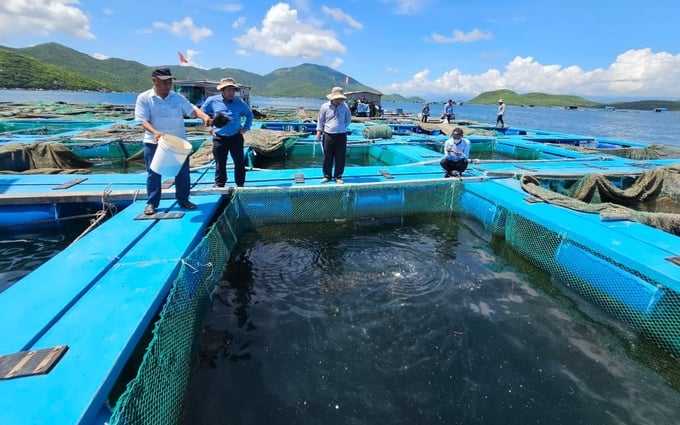
Mariculture on Van Phong Bay, Khanh Hoa province. Photo: KS.
"Another challenge is that, despite specific regulations on traceability, not every participant in the initial production, packaging, processing, and export chain are fully familiar with legal provisions. As a result, there is a need for increased dissemination, guidance, and the development of sample dossier for each participant involved in the production and business chain, with a focus on the initial production stages," highlighted Mr. Le Hoang Lam.
According to Mr. Le Hoang Lam, effective origin traceability for aquaculture products, including lobsters, must be supported by the business community. Accordingly, stakeholders need to independently or collectively organize production and concentrated raw material areas to supply their factories, or establish close partnerships whereby businesses manage product consumption, and aquaculture facilities (businesses, cooperatives, linked households, etc.) manage raw material production. Additionally, both parties must collaborate and cross-examine to ensure product quality and origin traceability information.
"We must aim to establish effective linkage models starting from the initial raw material production stage to gradually alleviate the fragmented and small-scale nature of aquacultural production. This effort will subsequently minimize difficulties in origin traceability," added Mr. Lam.
However, the formation of local aquaculture linkages as well as the enforcement of regulations on safe aquaculture to ensure food safety and disease safety requires concentrated aquaculture areas. For localities with unplanned aquaculture areas, Mr. Le Hoang Lam suggested respective local governments to promptly publish information. Accordingly, this information is considered a legal foundation as well as a prerequisite for businesses and aquaculture facilities to invest in production.
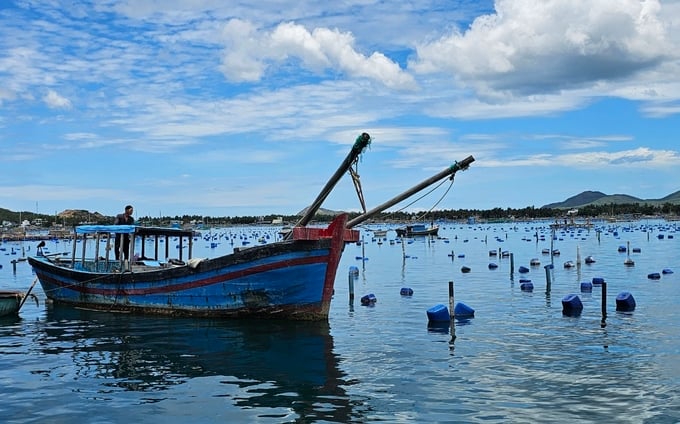
Lobster farming in Song Cau commune, Phu Yen province. Photo: KS.
Notably, the planning of aquaculture areas must meet practical needs, thereby opening up new opportunities for major economic corporation and businesses to invest in mariculture. On the other hand, it must also create stable opportunities for the development of small-scale aquaculture, providing livelihoods for local residents and contributing to local socio-economic development, in addition to maintaining coastal security and defense. It is imperative to avoid the concentration and prioritization of investment into large-scale mariculture, which can create unnecessary constraints on medium and small-scale aquaculture, diverse cultivation practices, and traditional aquaculture.
Secondly, it is necessary to specify traceability information requirements for each participant in the initial production, with an emphasis on aquaculture facilities and live seafood material suppliers. In this regard, local management agencies for food safety and aquatic products must actively disseminate regulations on origin traceability to ensure facilities within their jurisdiction fully comprehend and effectively implement said regulations.
Moreover, the traceability process requires the close collaboration and synergy of businesses due to their role as the main buyer and consumer of raw materials from aquaculture facilities. Accordingly, they must also serve as the central operational hub and information node for origin traceability in aquaculture
"Businesses must collaborate closely with governmental management agencies and aquaculture facilities to implement regulations and procedures regarding origin traceability at aquaculture facilities. Furthermore, the results of origin traceability must be linked with traceability procedures at export packaging and processing establishments," stated Mr. Le Hoang Lam. Additionally, he emphasized that both central and local management agencies must strengthen efforts in disseminating and providing guidance to the business community and partners regarding Vietnam's regulations on origin traceability and the export market.
Our primary concern currently centers around the Chinese market, which is undergoing significant changes in regulations related to origin traceability and food safety along the supply chain. Consequently, governmental management agencies from all levels must rapidly deploy widespread awareness campaigns and guidelines for businesses to comply with the regulations of the importing market. This proactive approach aims to ensure stability and sustainable development in the production, processing, and export of live seafood to the Chinese market.
A stable and developed consumer market will stimulate Vietnam's aquaculture, production, processing, and export activities, generating employment opportunities and fostering the development of new markets.
According to the Region 3's Center for Agriculture, Forestry, and Fisheries Quality, with regards to products' legal status and origin, aquaculture facilities must adhere to Circular No. 17/2018 issued by the Ministry of Agriculture and Rural Development. According to the regulation, aquaculture facilities are required to provide comprehensive information in a commitment form for aquacultural production in compliance with food safety regulations as stated under Circular No. 17/2018. Subsequently, the facility must submit this form for verification and confirmation by the local People's Committee. This commitment form is retained by the aquaculture facility and is provided to purchasing partners as evidence of legal compliance, origin verification, and as a basis for both parties to sign cooperation agreements, raw material procurement agreements, etc.

It is necessary to establish a supply chain for raw materials to facilitate the traceability of lobster origin, thereby reducing fragmented and small-scale production. Photo: KS.
Regarding packaging facilities, export procedures must adhere to Circular No. 48/2013/TT-BNNPTNT and Circular No. 32/2022/TT-BNNPTNT issued by the Ministry of Agriculture and Rural Development. The registration and certification dossiers for compliance with the food safety and hygiene export requirements must be publicly registered through the online public service of the Ministry of Agriculture and Rural Development. These documents are subsequently evaluated by the Department of Quality, Processing, and Market Development, in accordance with the regulations stipulated in aforementioned circulars.
The evaluation and certification of seafood packaging and export establishments for compliance with food safety and hygiene export requirements to China are currently managed by three agencies. Namely, this procedure is conducted by the Department of Quality, Processing, and Market Development in the Northern region; the Sub-Department of Quality Management for Agricultural and Aquacultural Products in the Central region; and the Sub-Department of Quality Management for Agricultural and Aquacultural Products in the Southern region. After receiving valid registration documents, relevant management agencies will contact respective establishments and organize on-site evaluation. If the requirements for food safety and hygiene at the establishment meet both Vietnamese and Chinese regulations, the agency will issue a decision certifying that the establishment meets the required food safety requirements and assign a code to the establishment, in accordance with current regulations.
Translated by Nguyen Hai Long

(VAN) 14 out of 35 domesticated elephants in Dak Lak province have had their living conditions improved, with 11 of them currently participating in the non-riding elephant tourism model.

(VAN) Muong Nhe Nature Reserve hopes that being upgraded to a national park will lay the foundation for forest protection efforts to be carried out in a systematic, modern, and sustainable manner.
/2025/05/16/3923-2-171845_52.jpg)
(VAN) Lower costs, higher yields, and improved soil quality are outstanding benefits that soybeans bring when integrated into the crop rotation system.
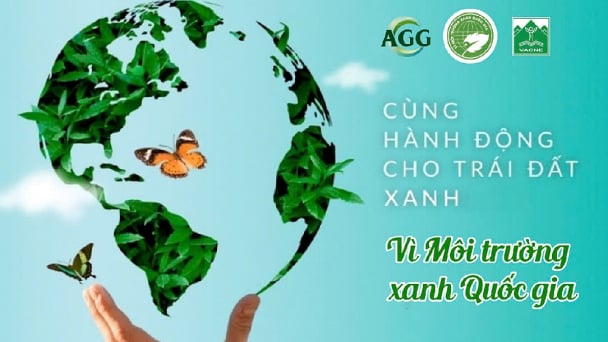
(VAN) The 'For a Green National Environment' programme aims to promote a green lifestyle, support businesses in implementing ESG practices, and turn Net Zero commitments into concrete actions.

(VAN) Cold-barn systems efficiently manage environmental and temperature conditions, which aids in the prevention of respiratory diseases in pigs and protects them from the vectors that transmit African swine fevers.
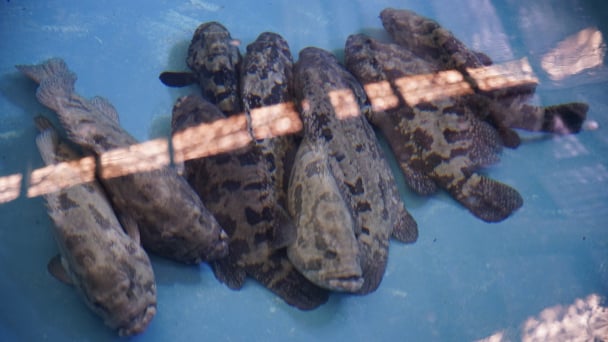
(VAN) To tackle challenges, the project 'Addressing key technical bottlenecks in the grouper supply chain in Vietnam' has been underway since 2024.
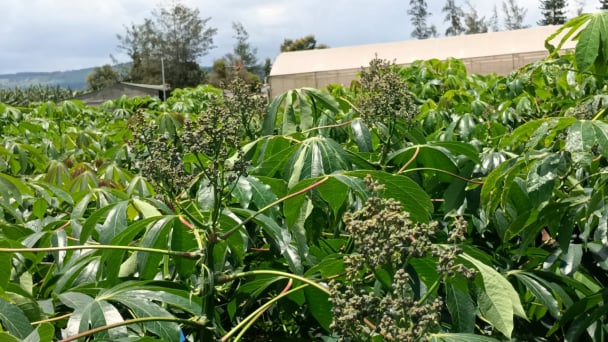
(VAN) The project 'Disease-Resilient and Sustainable Cassava Production Systems in the Mekong Region', funded by the Australian Center for International Agricultural Research (ACIAR), is being implemented from 2024 to 2028.